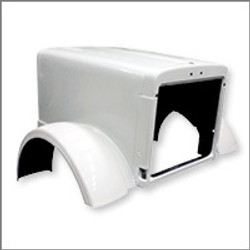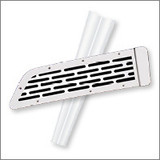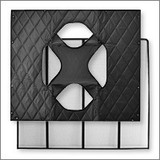
Peterbilt 389 Hoods & Related
Upgrade with top quality Peterbilt 389 hoods and related parts. Our wide selection includes protective add-ons, quality replacements, and stylish upgrades to meet your truck's needs effortlessly. Find premium products designed to keep your truck looking sharp and running smoothly.
-
 Peterbilt 389 Bug Shields
Peterbilt 389 Bug Shields
-
 Peterbilt 389 Front Fenders & Acc.
Peterbilt 389 Front Fenders & Acc.
-
 Peterbilt 389 Hood Emblems & Bezels
Peterbilt 389 Hood Emblems & Bezels
-
 Peterbilt 389 Hood Replacement Parts
Peterbilt 389 Hood Replacement Parts
-
 Peterbilt 389 Hood Trim & Accents
Peterbilt 389 Hood Trim & Accents
-
 Peterbilt 389 Hoods
Peterbilt 389 Hoods
-
 Peterbilt 389 Winter Fronts & Bug Screens
Peterbilt 389 Winter Fronts & Bug Screens



